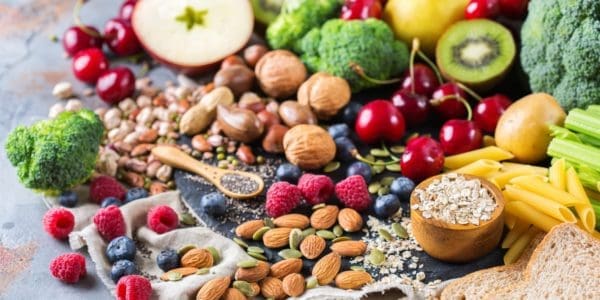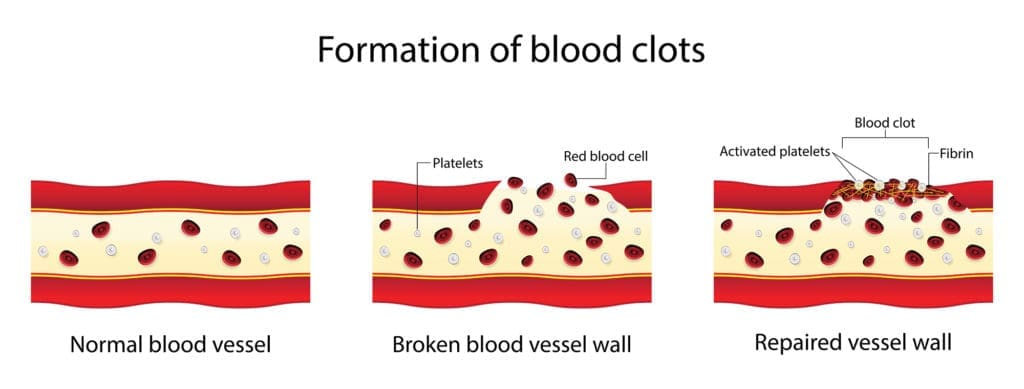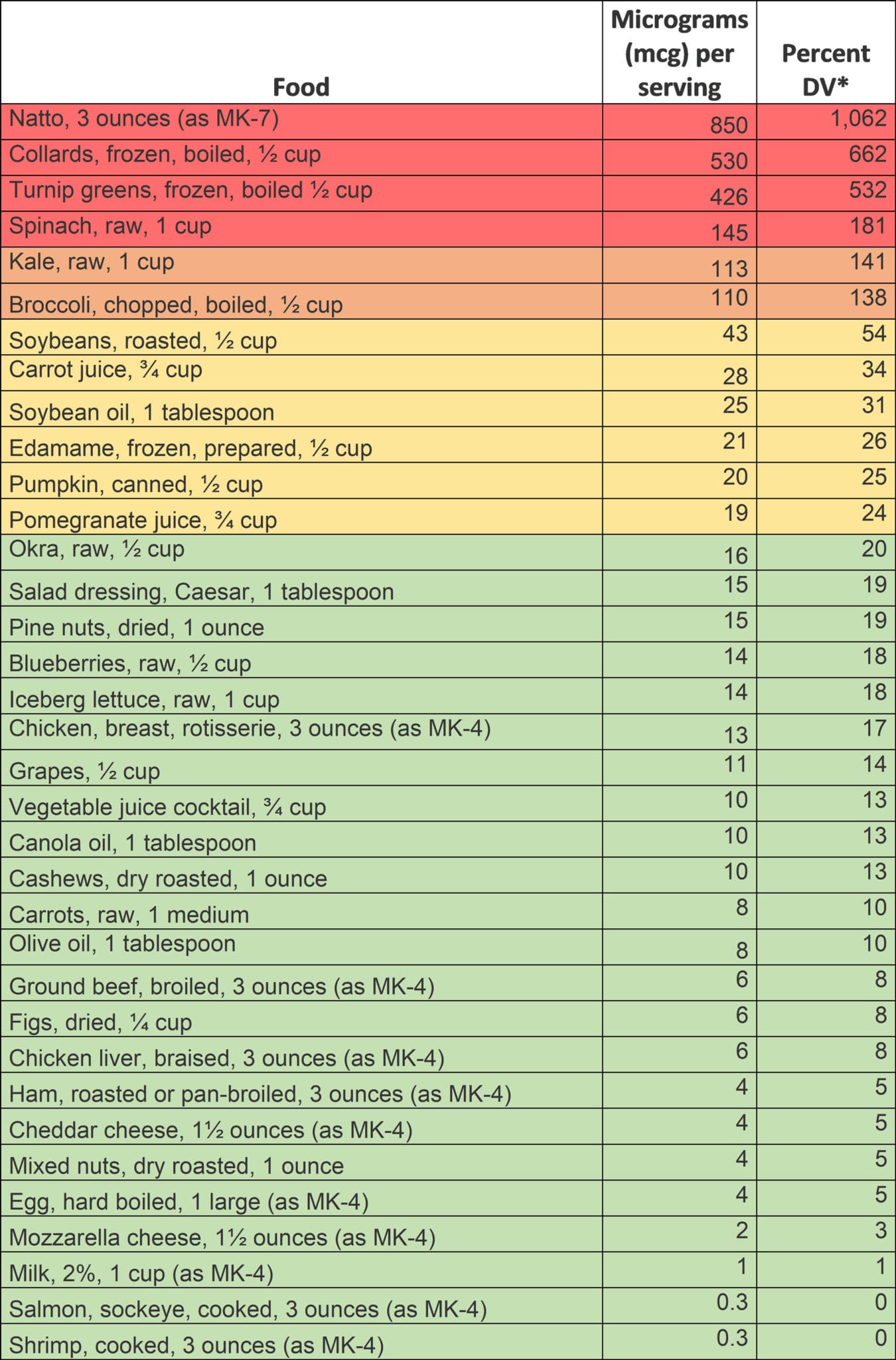
Warfarin Overview
What is the warfarin diet all about and why is it important to take seriously? Warfarin, also known as Coumadin or Jantoven, is a drug prescribed for a range of conditions related to blood circulation. It is often called a “blood thinner” because it is a medication prescribed by a physician to treat blood clots and prevent new ones from forming. Blood clots can be dangerous when they form in places they shouldn’t because they can prevent blood from getting to the heart, causing a heart attack, or to the brain, causing a stroke.
Some conditions that increase your risk of blood clots include:
- Irregular heart rhythm (atrial fibrillation)
- Heart valve replacement
- Recent heart attack
- Surgeries, like hip and knee replacements
- Pulmonary embolism
- Deep vein thrombosis
- Blood clotting disorders
Why Does Blood Clotting Occur?


Warfarin Diet & Warfarin Interactions


Warfarin is the most prescribed anti-clotting medicine in most countries. However, the list of interactions of warfarin and other medicines, supplements, and foods is very long. You should ask your doctor about the interactions between warfarin and other pills you might be taking, and you can follow a Warfarin Diet to avoid any interactions of Warfarin with foods. We describe the fundamentals of the warfarin diet below, and highlight a few foods you should avoid.
The Fundamentals of the Warfarin Diet
As mentioned above, the key function of warfarin is to block the protein that uses vitamin K to produce clotting factors. If the amount of vitamin K in the blood is very high, it will be difficult for protein blockers to be effective. In general, the fundamental element of the warfarin diet is controlling the amount of vitamin K you consume so warfarin can continue to be effective. This doesn’t mean you should cut out vitamin K altogether. Vitamin K has other functions in the body, including helping to prevent osteoporosis and promoting heart health. Consuming too much vitamin K can make warfarin ineffective. Stick to the daily adequate intake of vitamin K, which is 120 mcg for men and 90 mcg for women. ½ cup of broccoli has 110mcg which completes your adequate intake of vitamin K for the whole day.
Foods with Vitamin K Content


- Those highlighted in red surpass the adequate intake of vitamin K, and should generally be avoided.
- Those in orange have just the right amount (or just over) the adequate intake of vitamin K per serving.
- Those in yellow should have controlled intake, with only 2-4 servings a day
- Those in green have low vitamin K content
- NOTE: This is only a partial list. You can find a comprehensive list on the USDA’s Nutrient Database.
Selected Food Sources of Vitamin K (Phylloquinone, Except as Indicated)
(Elder, et.al; Schurgers, et.al; USDA)


*DV = Daily Value. DVs were developed by the U.S. Food and Drug Administration (FDA) to help consumers compare the nutrient contents of products within the context of a total diet. The DV for vitamin K is 80 mcg for adults and children age 4 and older. However, the FDA does not require food labels to list vitamin K content unless a food has been fortified with this nutrient. Foods providing 20% or more of the DV are considered to be high sources of a nutrient.
Source: NIH. Vitamin K Fact Sheet for Professionals.
Remember that it is always important to talk to a clinical food and nutrition specialist, like a Registered Dietitian, when making food choices to accommodate any medicine prescription you may be following.
What questions do you have about The Warfarin Diet?
Tell us in the comments section below!




